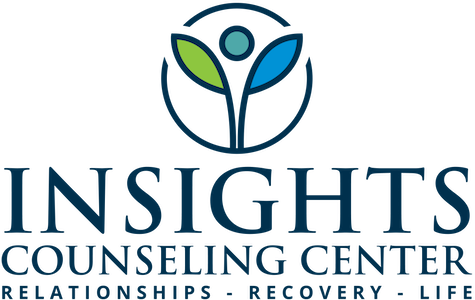The Gottman Repair Checklist in Action
Part 4 of 6 in the “Repair That Lasts” Series
One of the things we love about the Gottman Method is its practicality. Not just theory, but tools—real tools—for real relationships.
And one of the most powerful? The Repair Checklist.
This deceptively simple list of phrases has helped thousands of couples navigate heated arguments, emotional shutdowns, and relational ruptures. But it’s not just about having the right words.
What makes repair effective isn’t the script—it’s the heart behind it.
In other words, it only works if you mean it. And if you’re willing to live it out.
Let’s break down how to use the Repair Checklist in action—and why repair, done well, can be the very thing that makes your relationship stronger than it was before.
What Is a Repair Attempt?
Dr. John Gottman defines a repair attempt as “any statement or action—silly or otherwise—that prevents negativity from escalating out of control.”
It’s a way of saying: “This is getting tense. I care about you. Let’s come back to connection.”
But when repair attempts are missed, ignored, or delivered without emotional attunement, the conflict continues—or worsens. That’s why Gottman-trained therapists work with couples on both sides:
How to offer repairs in a way that lands
How to receive a repair without defensiveness
What the Repair Checklist Sounds Like
Here are just a few of the phrases from the Gottman Repair Checklist:
“I’m sorry. That came out harsh.”
“Let me try that again.”
“Can we take a break and come back to this?”
“I see your point.”
“I need things to be calmer right now.”
“That hurt. I don’t want to fight—I want us to figure this out.”
“We’re on the same team.”
Each of these can be a powerful disarming tool. But here’s the key: repair is more than what you say—it’s how you say it.
Tone matters. Timing matters. Sincerity matters.
When Repair Fails
Not every repair attempt works. If your partner is flooded—overwhelmed by emotion—they may not be able to receive it. Or if your tone doesn’t match your words, the repair might feel manipulative or dismissive.
Common repair roadblocks include:
Offering a repair while still blaming: “I’m sorry, but you started it.”
Using repair to avoid deeper discussion: “Can we just move on?”
Repeating the same hurt after the repair—undermining your words
Expecting instant forgiveness after a quick apology
The purpose of repair isn’t to erase the pain—it’s to tend to it. Gently. Over time.
The Role of Repair in Conflict Recovery
In Gottman Method Couples Therapy, we teach couples how to slow down the cycle of escalation and return to emotional safety. This includes:
Using the Repair Checklist during and after conflict
Creating rituals of connection that reinforce the bond
Learning to de-escalate before reaching the point of no return
Practicing after-conflict processing to prevent future misattunement
When repair becomes a regular practice, it builds a culture of trust, fondness, and emotional safety.
Real Repair Feels Different
It’s not just about saying the right thing—it’s about being the kind of partner your repair words can actually come from with integrity.
That means:
Being curious, not defensive
Regulating your own reactivity before trying to soothe the conflict
Staying emotionally present, even when it’s uncomfortable
Following through on the intentions behind the words
That’s what we mean by repair from the inside out.
From the Inside Out
You don’t have to fight perfectly to be close. You just have to repair well. And that takes practice.
If you and your partner want to learn how to use the Gottman Repair Checklist in a way that’s actually meaningful—not just scripted—we can help. Our team includes fully Certified Gottman Therapists and Gottman-trained clinicians who can help you make repair a cornerstone of your relationship. Call today to begin the work—from the inside out.

